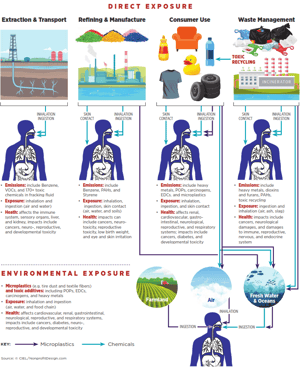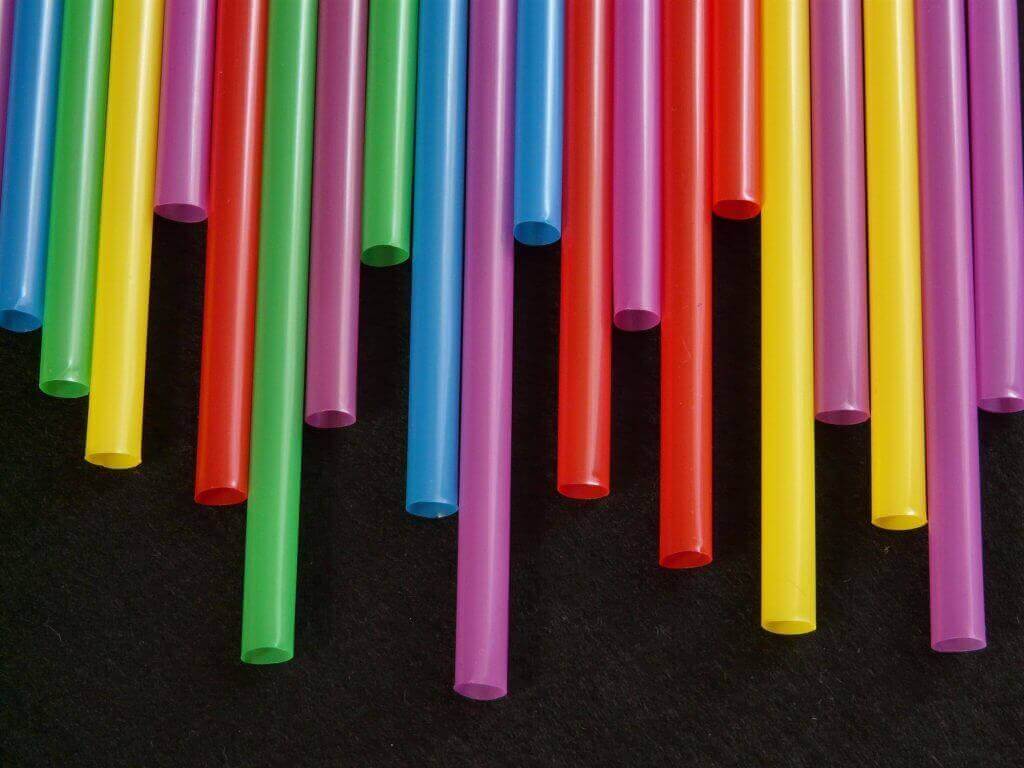Make no mistake, single-use plastics are creating a global health crisis. We’ve only just recently started to understand how pervasive single-use plastics can be – breaking down into little pieces and entering our food chain. Not to mention the pollution our air, dust, and earth get from the production of these materials.
SIDEBAR: Visit Plastic is Killing Our Oceans and Us for more about microplastics and how they impact our bodies and environment.

Single-use plastics in the ocean are a specific concern for Canadians as it boasts some 151,000 miles of coastline and accounts for approximately 3 million tons of the 13 million tons of plastic getting dumped into the ocean each year. Like the United States and other large countries, even with recycling efforts in place, Canadians recycle less than 10 percent of their single-use plastic. So, the majority is headed for landfills and waterways.
On Monday, Prime Minister Justin Trudeau announced that Canada will ban harmful single-use plastics by 2021. Canada is one of the first large nations to take a definitive step, but the UN reports its one of more than 60 countries that have curbed the use of plastics with bans or increased taxes. More than 125 nations have similarly addressed the use of plastic bags.
Canada is taking steps to ban plastic bags, straws, plates, cutlery, and stir sticks. These plastic items account for most of the single-use plastics used worldwide. Since Canada uses and throws away close to 20 percent of global single-use plastic, it’s a huge step! As part of this effort, the country will incentivize companies to begin looking for ways to lessen or eliminate the use of plastics in packaging and manufacturing. .
Why are single-use plastics being targeted?
One of the things I tell people when they ask me this is to think about a straw you get at a drive-through. You use it for a few minutes. It will live on earth three or four times as long as you will – maybe even longer if you consider it will only break down, not be entirely eliminated.

If that didn’t move you, consider this – the equivalent of nearly one garbage truck of plastic is dumped into the ocean every minute. Every minute. Every day. Nonstop.
It’s a problem.
What’s worse is coupling this waste with the thought that 40 percent of the plastic produced is single-use. One and done. And, because of the one-and-done nature of these products, most of it is thrown in the ‘regular’ trash.

It’s overwhelming. What can we each do to help?
We need to urge the United States and our local municipalities to follow suit. Before then, there are some small things you can do to make a big impact. You’ve heard these before, but they always bear repeating.
Use a reusable water bottle. Half a trillion plastic water bottles will be sold in 2020. Don’t contribute to that insane and unnecessary number.
Don’t use a plastic straw, lid, or cup. These account for more than a third of the most problematic single-use plastics. Even if you reduce your use by half, it makes a big difference.
Carry a reusable shopping bag. The average plastic shopping bag is only used for 12 minutes. 12 minutes and it will be on this earth longer than you will.
Because the issue of single-use plastics is such a big one, it can feel overwhelming thinking about all of the items we regularly use that are plastic. Just visit a grocery store – it’s a trove of unnecessary plastic even after considering plastic bags.
So, one more –arguably more powerful -- suggestion I have is to put pressure on companies to stop using plastic by buying more sustainable options.
Reward organizations doing the right thing.
One example is Healthy Choice Power Bowls. (Full disclosure, Footprint makes the responsi-Bowl™) In addition to the contents being tasty, the bowls are not made of plastic. You can recycle or compost the bowl after enjoying your meal. Reward companies making good choices by buying their products most often.
And finally, support bans on these materials. Despite what the plastics industry will tell you --- they are doing just fine. Plastic can be used in many places where it can be appropriately made and recycled efficiently.
In the interim, let’s applaud Canada for taking a few steps in the right direction. If it accomplishes nothing else than to stir other countries into action and educate consumers, it’s a great accomplishment.
